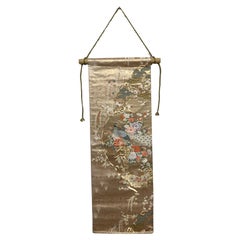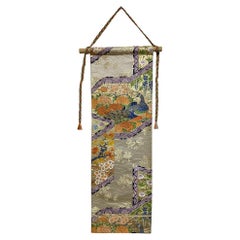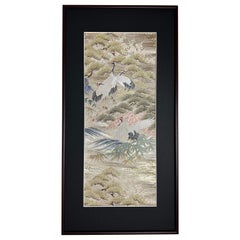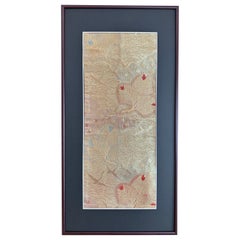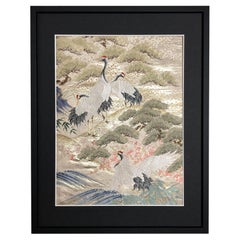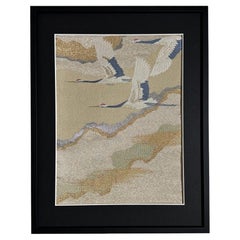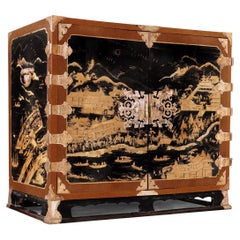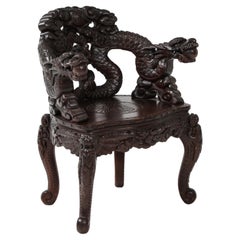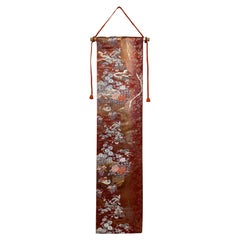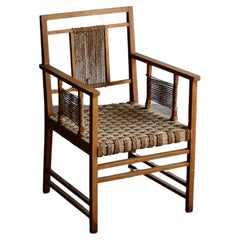Cord Furniture
21st Century and Contemporary Japanese Cord Furniture
Fabric, Yarn, Thread, Silk, Tapestry, Textile
21st Century and Contemporary Japanese Cord Furniture
Yarn, Thread, Silk, Tapestry, Textile, Fabric
21st Century and Contemporary Japanese Cord Furniture
Fabric, Tapestry, Silk, Thread, Yarn, Acrylic
21st Century and Contemporary Japanese Cord Furniture
Fabric, Tapestry, Silk, Thread, Yarn, Acrylic
21st Century and Contemporary Japanese Cord Furniture
Fabric, Acrylic, Yarn, Thread, Silk, Tapestry
21st Century and Contemporary Japanese Cord Furniture
Fabric, Textile, Tapestry, Silk, Thread, Yarn, Acrylic
21st Century and Contemporary Japanese Cord Furniture
Gold Leaf
21st Century and Contemporary Japanese Cord Furniture
Fabric, Acrylic, Yarn, Thread, Silk, Tapestry, Textile
21st Century and Contemporary Japanese Cord Furniture
Fabric, Acrylic, Yarn, Thread, Silk, Textile
21st Century and Contemporary Japanese Cord Furniture
Silver Leaf, Gold Leaf
21st Century and Contemporary Japanese Cord Furniture
Fabric, Yarn, Thread, Silk, Tapestry, Textile
21st Century and Contemporary Japanese Cord Furniture
Gold Leaf
21st Century and Contemporary Japanese Cord Furniture
Fabric, Acrylic, Yarn, Thread, Silk, Tapestry, Textile
21st Century and Contemporary Japanese Cord Furniture
Fabric, Textile, Tapestry, Silk, Yarn
21st Century and Contemporary Japanese Cord Furniture
Fabric, Acrylic, Yarn, Thread, Silk, Textile
21st Century and Contemporary Japanese Cord Furniture
Fabric, Textile, Silk, Thread, Acrylic
21st Century and Contemporary Japanese Cord Furniture
Silk, Thread
21st Century and Contemporary Japanese Cord Furniture
Silk, Thread
21st Century and Contemporary Japanese Cord Furniture
Silk, Thread
21st Century and Contemporary Japanese Cord Furniture
Silk, Thread
21st Century and Contemporary Japanese Cord Furniture
Silk, Thread
21st Century and Contemporary Japanese Cord Furniture
Silk, Thread
21st Century and Contemporary Japanese Cord Furniture
Silk, Thread
2010s Thai Mid-Century Modern Cord Furniture
Cord, Wood
2010s Thai Mid-Century Modern Cord Furniture
Cord, Wood
2010s Thai Mid-Century Modern Cord Furniture
Cord, Wood
2010s Thai Mid-Century Modern Cord Furniture
Cord, Wood
17th Century Japanese Edo Antique Cord Furniture
Copper, Gold
19th Century Japanese Japonisme Antique Cord Furniture
Wood
Early 1800s Japanese Edo Antique Cord Furniture
Lacquer
1930s Japanese Vintage Cord Furniture
Lacquer
1920s Japanese Taisho Vintage Cord Furniture
Softwood, Lacquer
2010s Portuguese Cord Furniture
Wool, Pine
17th Century Japanese Edo Antique Cord Furniture
Cedar
1890s Japanese Meiji Antique Cord Furniture
Brass
Late 19th Century Chinese Ming Antique Cord Furniture
Brass
1880s Japanese Meiji Antique Cord Furniture
Iron
Late 19th Century Chinese Ming Antique Cord Furniture
Elm
18th Century Japanese Edo Antique Cord Furniture
Wood
21st Century and Contemporary Japanese Cord Furniture
Fabric, Textile, Tapestry, Silk, Thread, Yarn
1940s Modern Vintage Cord Furniture
Cord, Oak
Read More
Chicago’s Pagoda Red Has a Spirited Mix of Asian Antiques and Bold New Art
For 25 years, gallerist Betsy Nathan has leveraged her keen eye and key connections to bring a unique selection of rare finds to the market.
12 Calming Spaces Inspired by Japanese Design
From cherry-blossom-adorned walls paired with glamorous lighting to wood-paneled ceilings above checkerboard-patterned chairs, these 12 spaces seamlessly blend Eastern and Western aesthetics.
